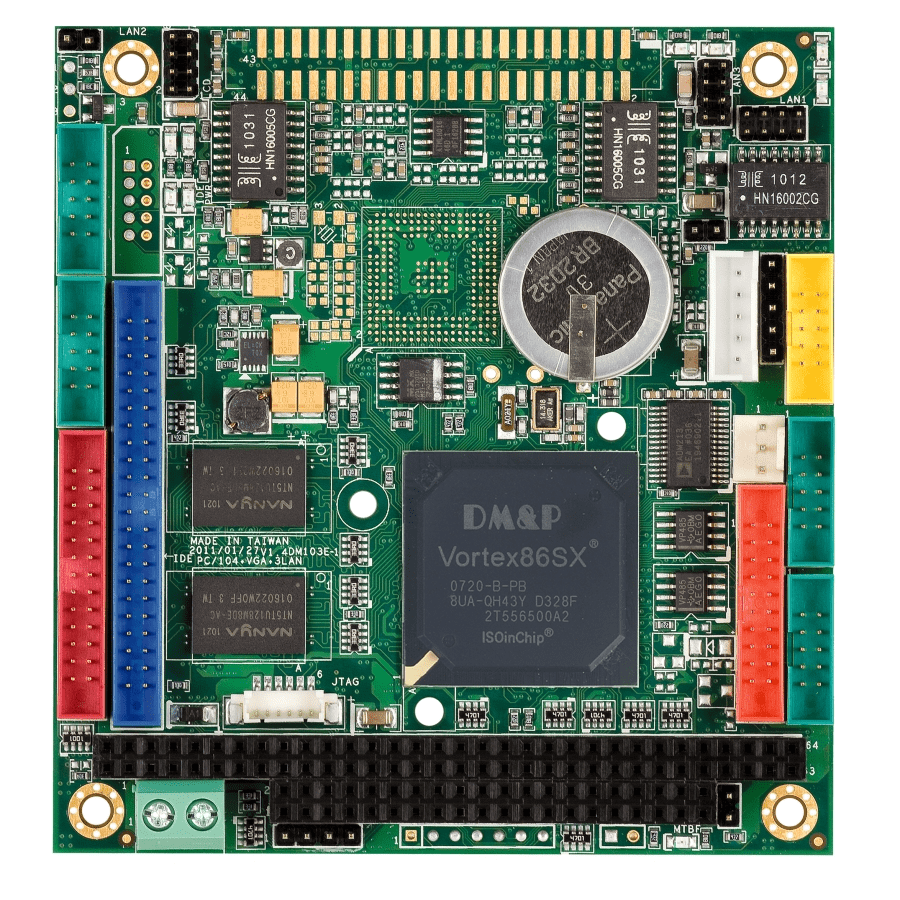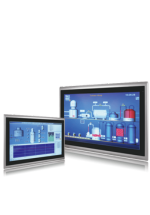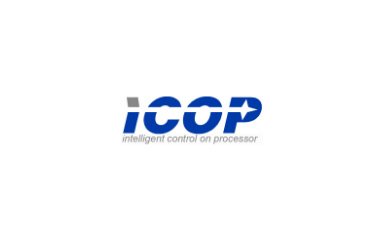 Introduction
Introduction
An SBC (Single Board Computer) is essentially self-explanatory. An entire computer contained within a single PCB.
As embedded computing systems are designed to be compact, the days of motherboards integrating the basic computing element and adding additional (but necessary) functionality such as graphics output and audio via peripheral cards mounted perpendicularly had to end.
What was needed is an amalgamation of this mother/daughter board arrangement into a single PCB, the Single Board Computer was born.
Integrating the CPU, RAM, I/O communication interfaces, alongside typically graphics and audio capability, the Single Board Computer enabled a vastly reduced horizontal footprint and critically, vertical depth. Embedded Systems shrank from standard PC case sizes to as tiny as a cigarette packet. This opened doors for an enumerable range of space critical applications, including the very first truly mobile and today, even wearable embedded computing platforms!
It also enabled integration of an embedded computing element into a huge range of static products, bringing local intelligence by computerising historically ‘dumb’ platforms. This enabled multi-functional machines and the ability to control and/or monitor them remotely.
Today, Single Board Computers have diversified into a huge range of formats and form factors – with such a plethora of options, identifying the right solution for you can be difficult. Thankfully, it is (relatively) easy to classify Single Board Computers into distinct groups. Firstly, they are split by how they can be used, secondly by their form factor.
Standalone
A ‘standalone’ Single Board Computer is defined as one that can operate without any additional supporting PCB. By this we mean it can be powered directly from a power source via a terminal block (as above image) and all provided I/O is accessible either via on-board standard PC connectors (i.e. DB-9 for RS-232) or using pin headers cabled to standard PC connectors (see above image) – this type of Single Board Computer can be installed into any enclosure negating any additional electronic engineering work beforehand. Standalone boards are ideal where your requirement consists solely of standardised I/O that is present on the Single Board Computer already.
Examples of standalone Single Board Computer form factors include the world famous PC104, PCI104 and PC104+, alongside EPIC, 3.5″ and 5.25″.
System-On-Module
A ‘System-On-Module’ (a.k.a. ‘Computer-On-Module’) Single Board Computer is defined as one that cannot operate without an additional PCB. System-On-Modules have no accessible on-board connectors, for power or I/O – all are brought down on the underside via a high density pin arrangement. A ‘carrier board’ (a.k.a. ‘baseboard’) must be designed that tracks these pins to accessible connectors. Whilst this may seem unnecessary effort, in fact the advantages of this approach are significant. The finished product can be rigidly mechanically designed to the desired enclosure (any shape or size) and incorporate any additional circuitry that is necessary to achieve the required functionality of the design. For further information on System-On-Modules please see our dedicated product range portal.
Examples of System-On-Module form factors include ETX, Qseven, ComExpress, DIP, SOM200 and SOM304
Selection
For advice on the ideal route for your new project, speak to DSL’s technical engineers for no obligation advice – we’re happy to help!




